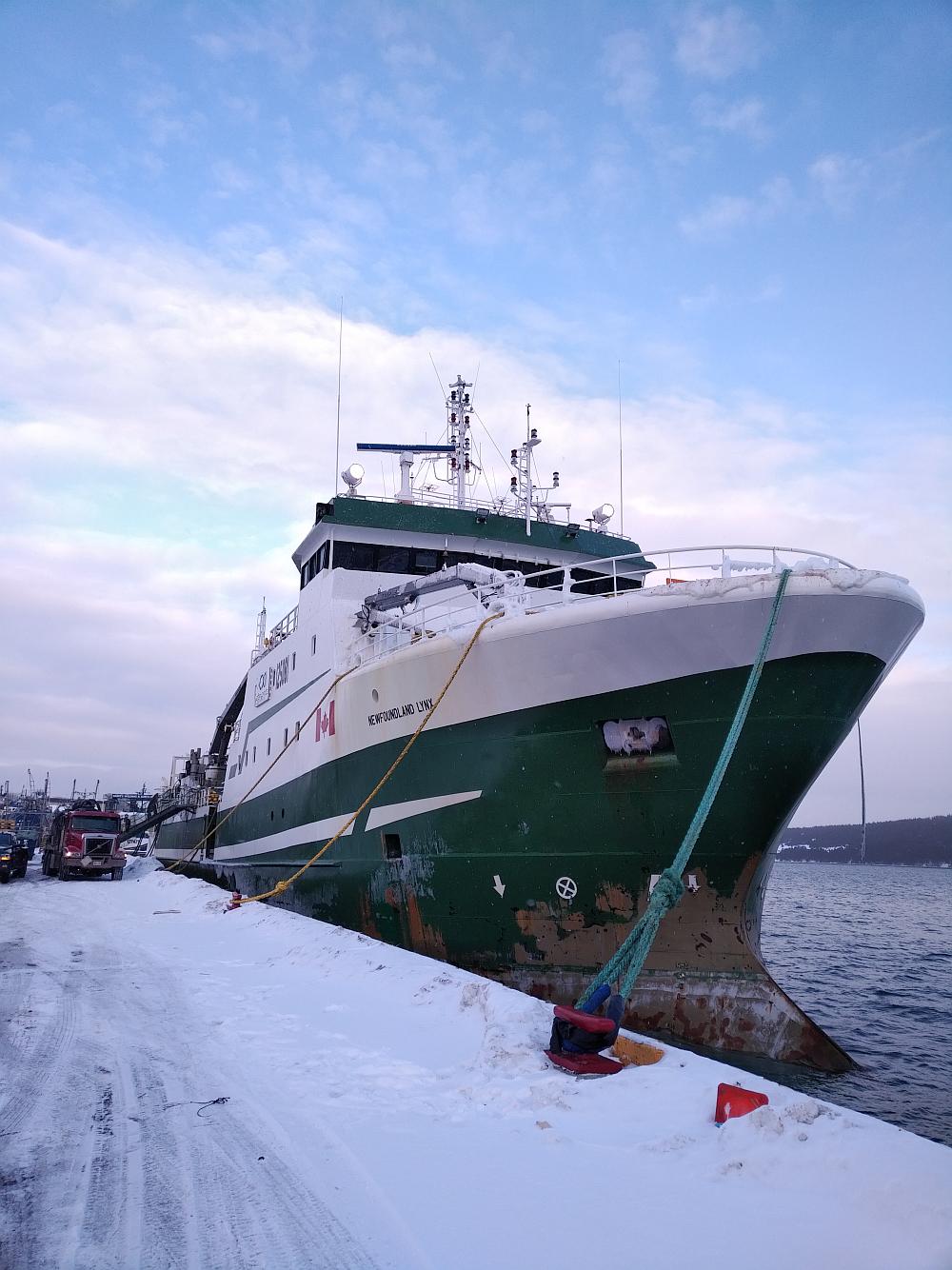Fire
Fishing vessel Newfoundland Lynx
90 nautical miles northeast of St. Anthony, Newfoundland and Labrador
The occurrence
On 29 January 2020, the fishing vessel Newfoundland Lynx reported a fire in the sauna. The fishing vessel Sivuliq, two helicopters, and the Canadian Coast Guard vessels Terry Fox and Henry Larsen were tasked to assist. The vessel's crew managed to extinguish the fire. The fishing vessel Sivuliq escorted the vessel to St. Anthony, Newfoundland and Labrador, where the local fire department went onboard to confirm the fire was out.
Media materials
News releases
Investigation report: January 2020 fire on board a fishing vessel in Harbour Grace, Newfoundland and Labrador
Read the news release
Deployment notice
TSB deploys a team of investigators to Harbour Grace, Newfoundland and Labrador, following a fire on board the fishing vessel Newfoundland Lynx
Dartmouth, Nova Scotia, 31 January 2020 – The Transportation Safety Board of Canada (TSB) is deploying a team of investigators to Harbour Grace, Newfoundland and Labrador, to investigate a fire on board the fishing vessel Newfoundland Lynx. The TSB will gather information and assess the occurrence.
Investigation information
Download high-resolution photos from the TSB Flickr page.
Class of investigation
This is a class 4 investigation. These investigations are limited in scope, and while the final reports may contain limited analysis, they do not contain findings or recommendations. Class 4 investigations are generally completed within 220 days. For more information, see the Policy on Occurrence Classification.
TSB investigation process
There are 3 phases to a TSB investigation
- Field phase: a team of investigators examines the occurrence site and wreckage, interviews witnesses and collects pertinent information.
- Examination and analysis phase: the TSB reviews pertinent records, tests components of the wreckage in the lab, determines the sequence of events and identifies safety deficiencies. When safety deficiencies are suspected or confirmed, the TSB advises the appropriate authority without waiting until publication of the final report.
- Report phase: a confidential draft report is approved by the Board and sent to persons and corporations who are directly concerned by the report. They then have the opportunity to dispute or correct information they believe to be incorrect. The Board considers all representations before approving the final report, which is subsequently released to the public.
For more information, see our Investigation process page.
The TSB is an independent agency that investigates air, marine, pipeline, and rail transportation occurrences. Its sole aim is the advancement of transportation safety. It is not the function of the Board to assign fault or determine civil or criminal liability.
